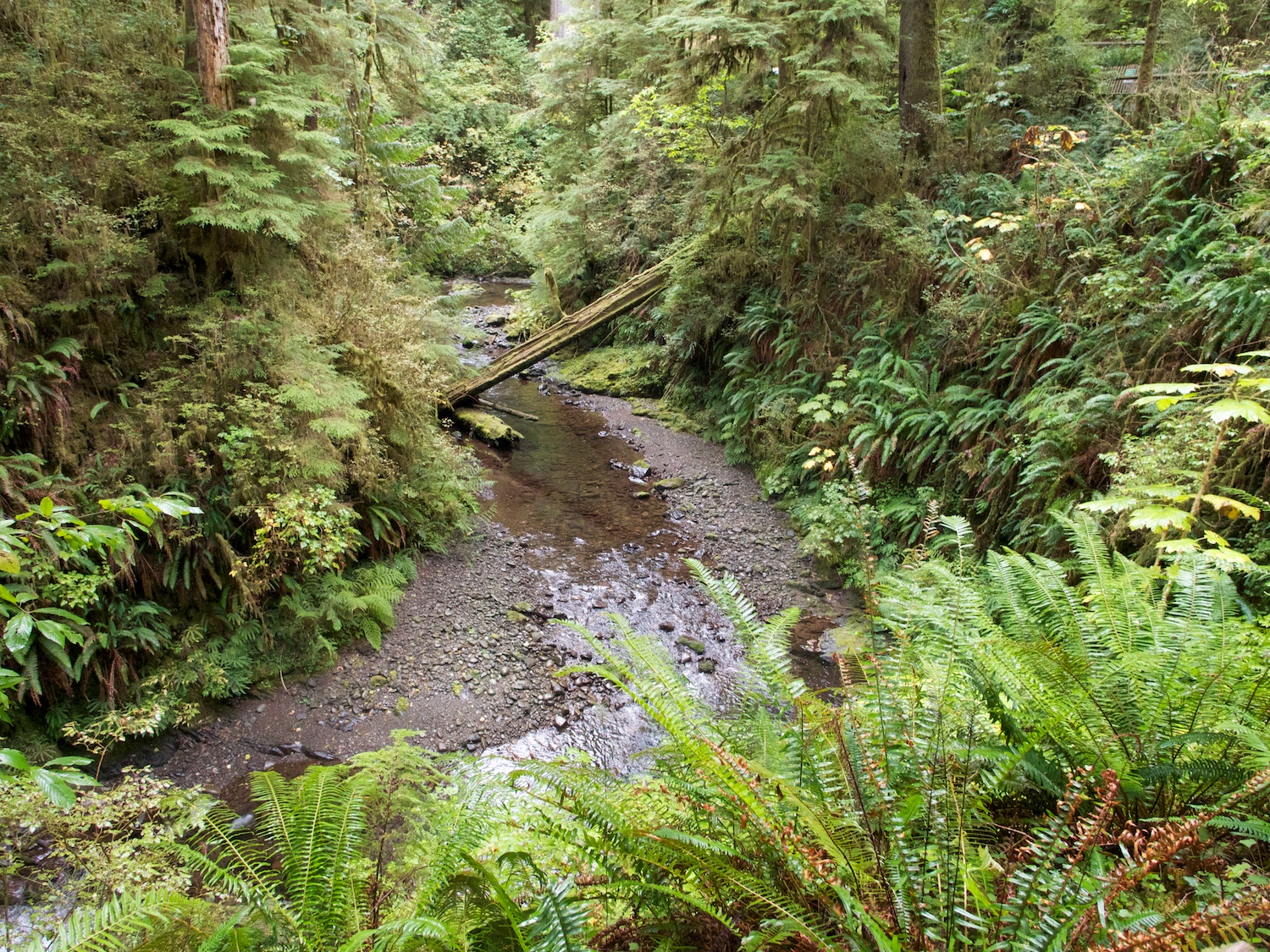A girl greets us, probably around 20 years old, big smile, cheerful and happy to see us. We feel somewhat relieved after riding 5km off the main road, down a small gravel road, across someone else's lawn and down a small rocky path past piles of personal belongings, clapped out cars, piles of oil containers and several ducks.
We have found ourselves smack in the middle of an experiment in collective living that has probably been repeated again and again for as long as humans have been around. People trying to get back to nature, live off the grid, share everything and just be, to live with nature in the nature, or at least convince themselves that they are doing that.
Nearby, in a low wooded area near the camp, a group of dreadlocked hippies (no offence to anyone) heard 11 goats peacefully through the scrub. It's only now that one of them feels that it may be good for us to know that they have all taken mushrooms and are 'elsewhere at the moment'.
None the less, we decide to spend the night with them, cooking in their ramshackle dwelling—made from telephone poles, egg cartons and a few other salvaged left overs—and eating a lovely shared dinner over a camp fire next to the river that they use for drinking water, washing dishes and clothes (quite rarely it seemed) and bathing. Food stamps subsidise their alternative lifestyle and allow them to eat quinoa and other healthy alternatives alongside the much loved milk from the goats. Attempts are gardening have so far failed.
Despite the generous offer to stay, we chose to pack up early and hit the road in search of other unexpected experiences further down the road in this otherwise very conservative and republican part of the USA.


































